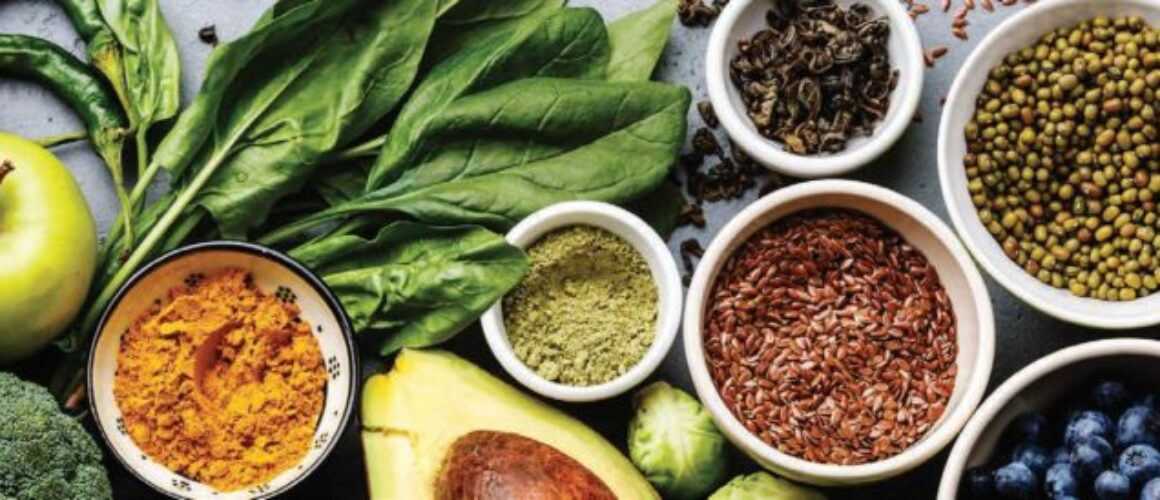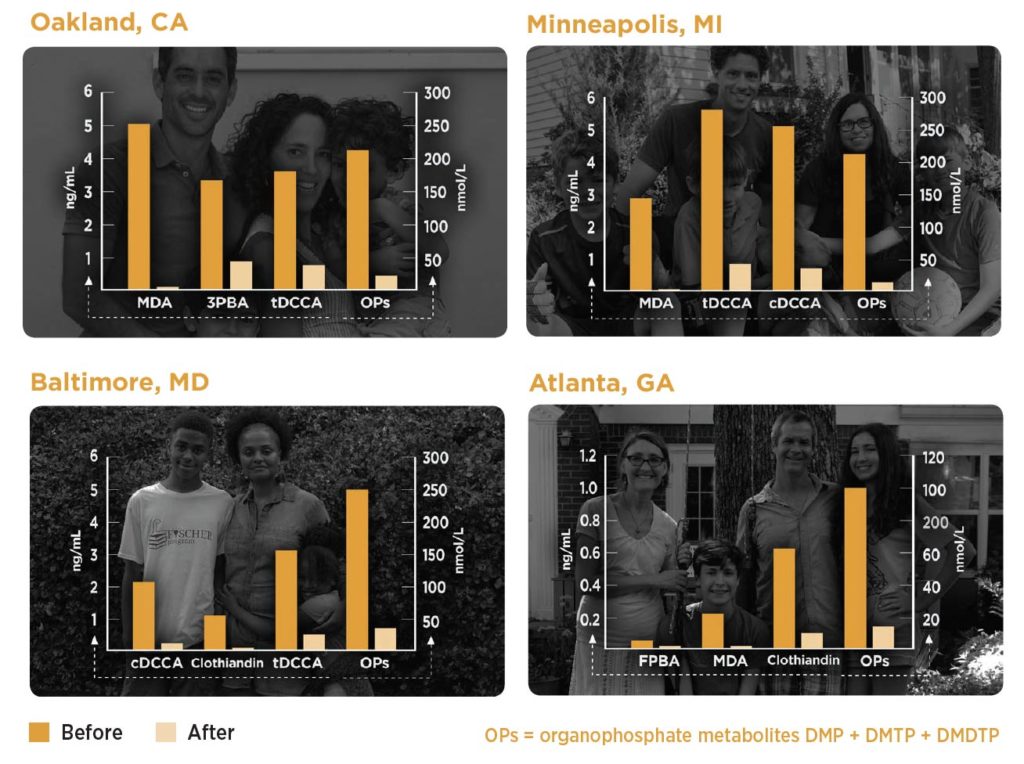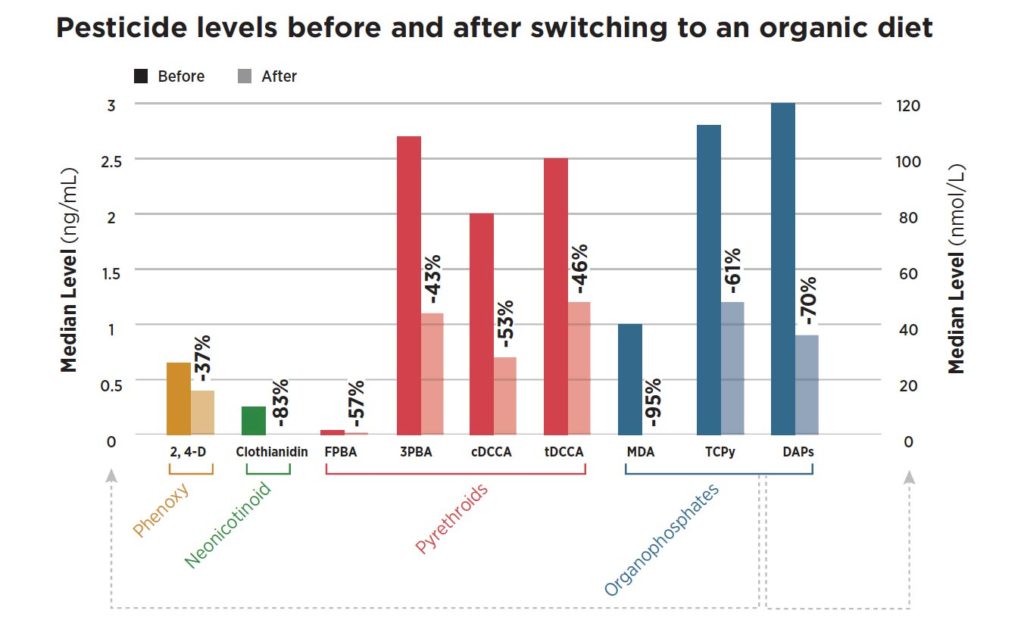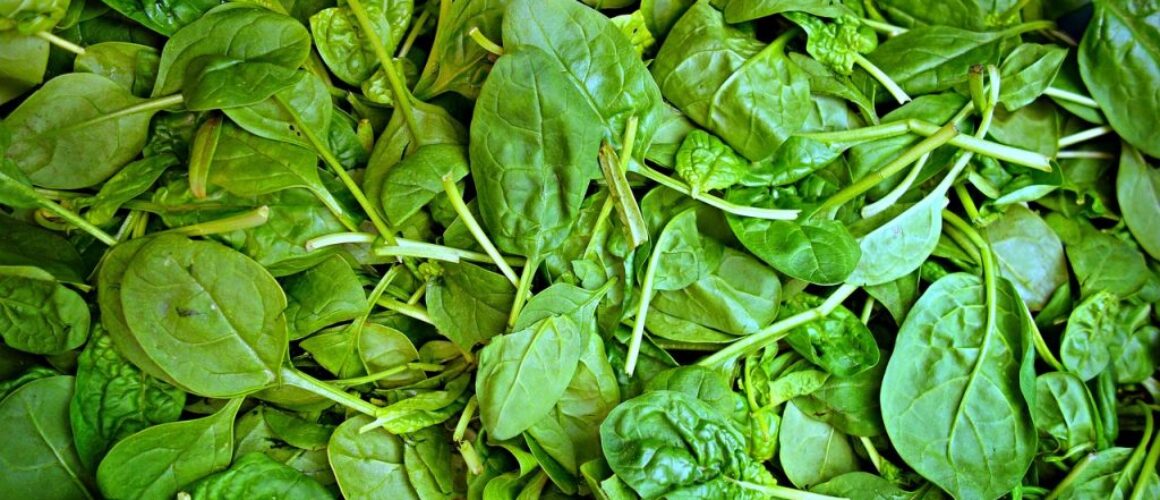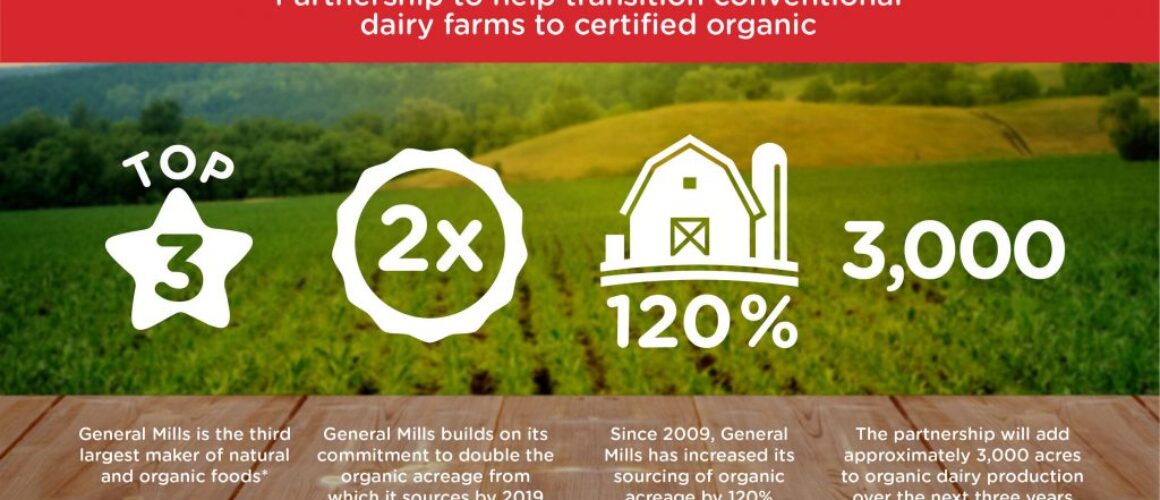Organic food is the fastest growing part of the food industry. It seems like everyone is now getting in on it.
So what, exactly, does the term “organic” actually mean?
The term “organic” actually refers to the way agricultural products are grown and processed and legally details the permitted use (or not) of certain ingredients in these foods.
The term “organic” actually refers to the way agricultural products are grown and processed and legally details the permitted use (or not) of certain ingredients in these foods.
The details are that the U.S. Congress adopted the Organic Foods Production Act (OFPA) in 1990 as part of the 1990 Farm Bill which was then followed with the National Organic Program final rule published by the U.S. Department of Agriculture (USDA).
The standards include a national list of approved synthetic and prohibited non-synthetic substances for organic production, which means that organically produced foods also must be produced without the use of:
- antibiotics
- artificial growth hormones
- high fructose corn syrup
- artificial dyes (made from coal tar and petrochemicals)
- artificial sweeteners derived from chemicals
- synthetically created chemical pesticide and fertilizers
- genetically engineered proteins and ingredients
- sewage sludge
- irradiation
According to the United States Department of Agriculture, these added ingredients are actually what differentiate organic foods from their conventional counterparts. A Stanford study a few years ago concluded that there is little difference between organic and conventional food. But nowhere in that Stanford study, comparing organic food to conventional, were ingredients like synthetic pesticide, sewage sludge or any of the above measured. There was no measure of the insecticidal toxins produced by a genetically engineered corn plant, no measure of the added growth hormones used in conventional dairy, no measure of the fact that 80 percent of the antibiotics used today are used on the chicken, pork, beef and animals that we eat.
Food is not just a delivery device for vitamins and minerals, as measured in the study, but it is also used as a delivery device for these substances that drive profitability for the food industry. To fail to measure these added ingredients, while suggesting that there is essentially no difference, is incomplete at best. Some might even go so far as to suggest that it is irresponsible in light of the fact that we are seeing such a dramatic increase in diet-related disease.
Additionally, anyone who knowingly sells or mislabels as organic a product that was not produced and handled in accordance with the regulations can be subject to a civil penalty of up to $10,000 per violation. In other words, if an organic producer were to add any one of the ingredients listed above, they would be fined.
WHY ORGANICS COST MORE
Admittedly, the high price of organic food can irritate anyone. But the scrutiny that these foods undergo is enormous and expensive, driving prices at the cash register and for those producing them on the farm. Why the costs? Because the cost structure on our food supply offers taxpayer-funded resources called subsidies to the farmers using genetically engineered seeds and saturating crops in insecticides and weed killers, while charging the organic farmers fees to prove that their crops are safe.
That’s like getting fined to wear your seat belt.
So while conventional food production allows for the addition of cheap, synthetic and often controversial ingredients that have been disallowed, banned or never permitted for use in developed countries around the world, organic food carries the burden of having to prove that its products are safe—products produced without the use of added non-food ingredients that other countries have found controversial or removed from their food supply.
In other words, it’s an un-level playing field right now. And if we were all sitting down as a national family at our national dinner table, I don’t think that any of us would want to be using our resources this way. Wouldn’t we rather have the organic food be the one that we fund, making it cheaper, more affordable and more accessible to all Americans?
Or if given the choice, would we rather eat food hopped up on growth hormones, antibiotics and chemical pesticides? That’s a personal decision, a personal responsibility. We have to know what is in our food to make that decision.
And while correlation is not causation, in light of the growing rates of cancer, diabetes and other conditions affecting our families, the answer would appear to be “eat less chemicals.”
Food, clean from antibiotics, added growth hormones and excessive pesticide residue, should be a basic human right, afforded to all Americans, regardless of socioeconomic status.
But right now, the majority of the population does not have that choice. Food, clean from antibiotics, added growth hormones and excessive pesticide residue, should be a basic human right, afforded to all Americans, regardless of socioeconomic status.
The authors of the Stanford study concluded that the studies reviewed do not support what they call the “widespread perception” that organic foods overall are nutritionally superior to conventional ones, although eating an organic diet may reduce exposures to pesticides and antibiotic-resistant bacteria.
A Stanford press release quoted senior author Dena Bravata as saying, “There isn’t much difference between organic and conventional foods, if you’re an adult and making a decision based solely on your health.” (According to the Stanford Medical Center press office, Bravata is no longer doing interviews about the study.)
In one key finding, the team reported a “risk difference” of 30% between conventional and organic produce, meaning organic produce had a 30% lower risk of pesticide contamination than conventional produce. That number was based on the difference between the percentages of conventional and organic food samples across studies with any detectible pesticide residues (38% and 7%, respectively).
But the concept of risk difference is potentially misleading in this context, as the metric does not refer to health risk, according to Charles Benbrook, research professor and program leader for Measure to Manage: Farm and Food Diagnostics for Sustainability and Health at Washington State University. Furthermore, says Benbrook, “Pesticide dietary risk is a function of many factors, including the number of residues, their levels, and pesticide toxicity,” not just whether contamination was present.
Which is exactly what the video out of Sweden brought to light yesterday.
In a letter accepted for publication in the Annals of Internal Medicine, Benbrook pointed to the Stanford team’s lack of consideration of extensive government data on the number, frequency, potential combinations, and associated health risks of pesticide residues in U.S. food. Using data from the U.S. Department of Agriculture’s Pesticide Data Program,4Benbrook calculated a 94% reduction in health risk attributable to eating organic forms of six pesticide-intensive fruits.
The Stanford researchers also missed opportunities to examine the relationship of pesticides and health outcomes demonstrated in a growing number of cohort studies, says Brenda Eskenazi, a professor in the School of Public Health at the University of California, Berkeley. Eskenazi conducted one such study, one of a trio published in April 2011 that examined the relationship between cognitive development and prenatal pesticide exposures in two multiethnic inner-city populations6,7 and one farmworker community in California. One of the studies found deficits of seven IQ points in 7-year-old children in the highest quintile of pesticide exposure, compared with children in the lowest quintile, as measured by maternal urinary pesticide metabolite levels during pregnancy. Results were comparable in the other two studies.
In concluding that the evidence “does not suggest marked health benefits from consuming organic versus conventional foods,” many commenters, including Eskenazi and Benbrook, felt the Stanford team ignored risks to broader public health like those outlined in an April 2012 review by David C. Bellinger, a professor of neurology at Harvard Medical School. In his review Bellinger argued that subtle impacts of organophosphate pesticides on neurodevelopment can add up to substantial population-level impacts. He wrote, “It is frequently noted that a modest downward shift in mean IQ scores will be accompanied by a substantial increase in the percentage of individuals with extremely low scores.”
Conventional toxicology testing is now being shown to miss responses that occur at doses that are orders of magnitude lower than previously established no-observed-adverse-effects levels, with potential implications for our understanding of pesticide safety. And others are finding in animal studies that pesticide exposures in utero can induce epigenetic changes that alter stress responses and disease rates in future generations.
What are all of these pesticides in combination doing to us, to our families, to our children or during our pregnancy? The fact is: we need more scientific studies, and the video shared yesterday, like the Stanford study from a few years ago, speaks to that and opens the dialogue.
SO WHERE TO START?
Since the high price of organic produce and a flawed food system that continues to charge organic farmers more to prove that their products, produced without ingredients that mounting scientific evidence has shown to cause harm, is still an insurmountable hurdle to the majority of the population, especially the growing number of unemployed, where can an American who wants to avoid these ingredients start?
Start with baby steps. None of us can do everything, but all of us can do something. And thankfully, foods without these controversial additives and ingredients are increasingly sold in grocery stores like Wal-Mart, Costco, Kroger and Safeway, which represent the largest single distribution channel, accounting for 38 percent of organic food sales in 2006. Look for milk labeled “RbGH-free” or look for products without high fructose corn syrup or artificial colors. A growing number of companies, from Kraft to Nestle, are producing them, because their employees have kids battling conditions like asthma, allergies, diabetes and cancer, too.
So maybe you rolled your eyes at this whole thing a few years ago, dismissing it as an expensive food fad. I did. The Stanford study goes a long way towards reinforcing that. But read between the lines and exercise precaution where you can. Let your local representatives know that this matters to you, that you believe organic food should be the affordable option to families. Let your local grocery store know that you hope to see more in their aisles. They are listening, they are learning all of this, too. They have family members struggling under the burden of disease.
The love that you have for your family and country can propel you to do things you could never imagine. So navigate the grocery store a bit differently, get involved with a food kitchen, a community garden, a child’s school. And reach out to your legislators. They have families, too.
Because as the science continues to mount, from the Presidents Cancer Panel to the American Academy of Pediatrics, we are learning just how much the food we eat– and the artificial ingredients being added to it—can affect the health of our loved ones. So ask why. In light of the escalating rates of conditions and diseases in our country and around the world, it is one of the most patriotic things that we can do.
Sources:
Organic Food Conclusions Don’t Tell the Whole Story: http://ehp.niehs.nih.gov/120-a458/
Benbrook C. Initial Reflections on the Annals of Internal Medicine Paper “Are Organic Foods Safer and Healthier than Conventional Alternatives? A Systematic Review.” Available: http://caff.org/wp-content/uploads/2010/07/Annals_Response_Final.pdf
Bouchard MF, et al. Prenatal exposure to organophosphate pesticides and IQ in 7-year-old children. Environ Health Perspect 119(8):1189–1195 (2011); http://dx.doi.org/10.1289/ehp.1003185.
Engel SM, et al. Prenatal exposure to organophosphates, paraoxonase 1, and cognitive development in childhood. Environ Health Perspect 119(8):1182–1188 (2011); http://dx.doi.org/10.1289/ehp.1003183.
Rauh V, et al. Seven-year neurodevelopmental scores and prenatal exposure to chlorpyrifos, a common agricultural pesticide. Environ Health Perspect 119(8):1196–1201 (2011); http://dx.doi.org/10.1289/ehp.1003160.

